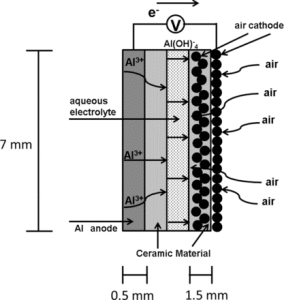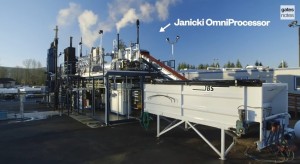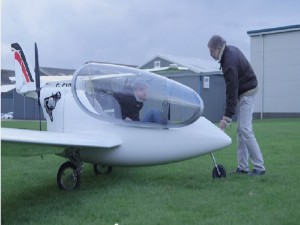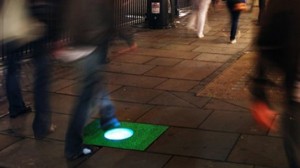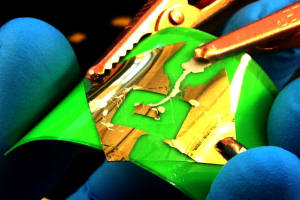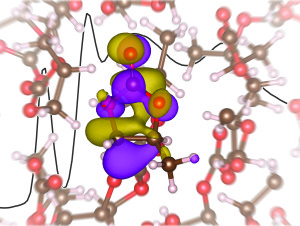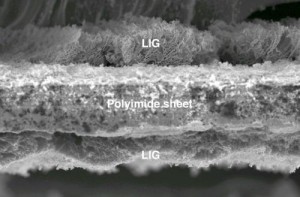
The flexible material created at Rice University has the potential for use in electronics or for energy storage.
Image: Tour Group/Rice University
James Tour and his group at Rice University have developed and tested a flexible, three-dimensional supercapacitor with the potential to be scaled up for commercial applications.
In this study, the researchers advanced what they had already developed in laser-induced graphene (LIG) by producing and testing the stacked, three-dimensional supercapacitors.
Their prior findings showed that firing a laser at an inexpensive polymer burned off other elements and left a film of porous graphene, which has the potential to be the perfect electrode for supercapacitors or electronic circuits.
The researchers began by making vertically aligned supercapacitors with laser-induced graphene on both sides of a polymer sheet.


